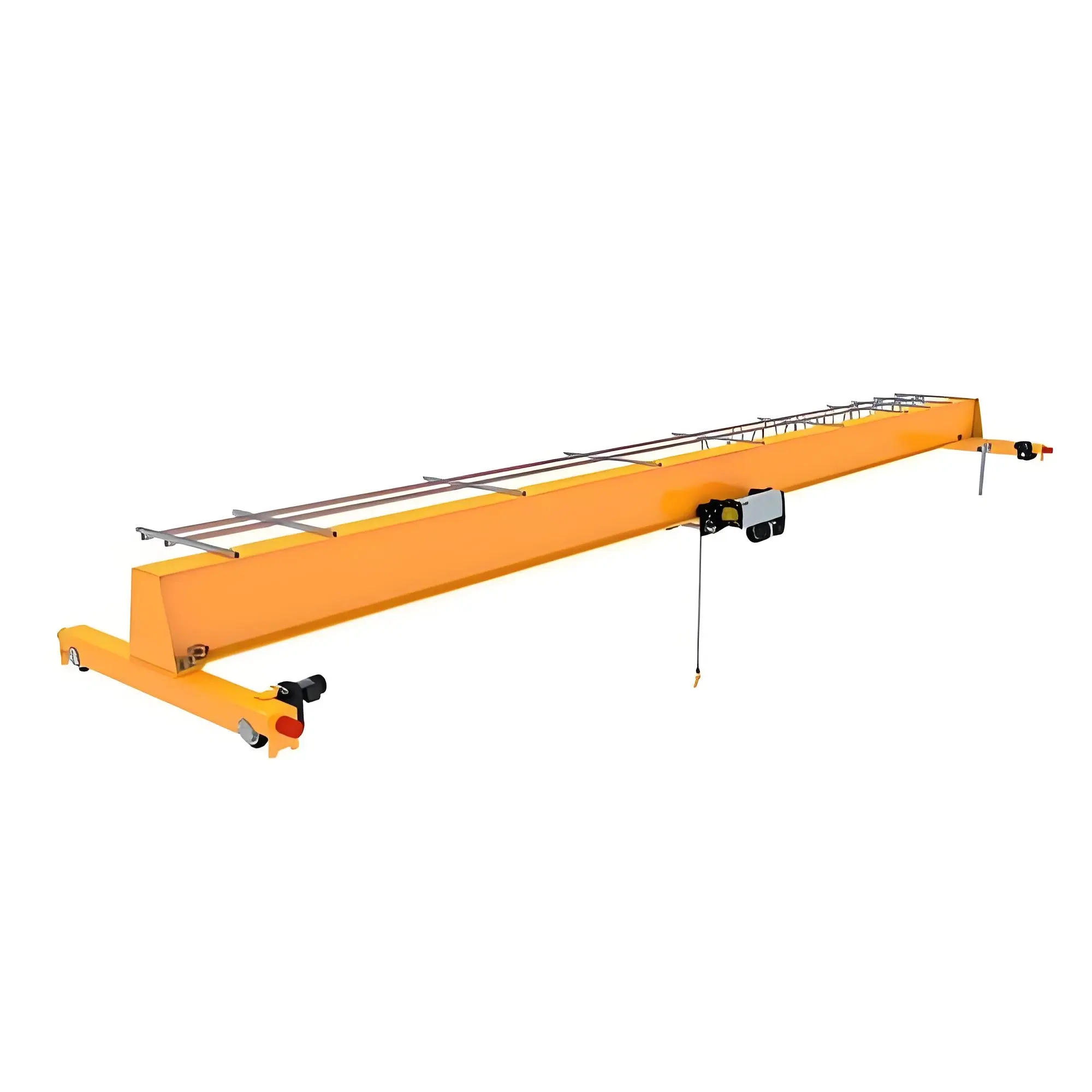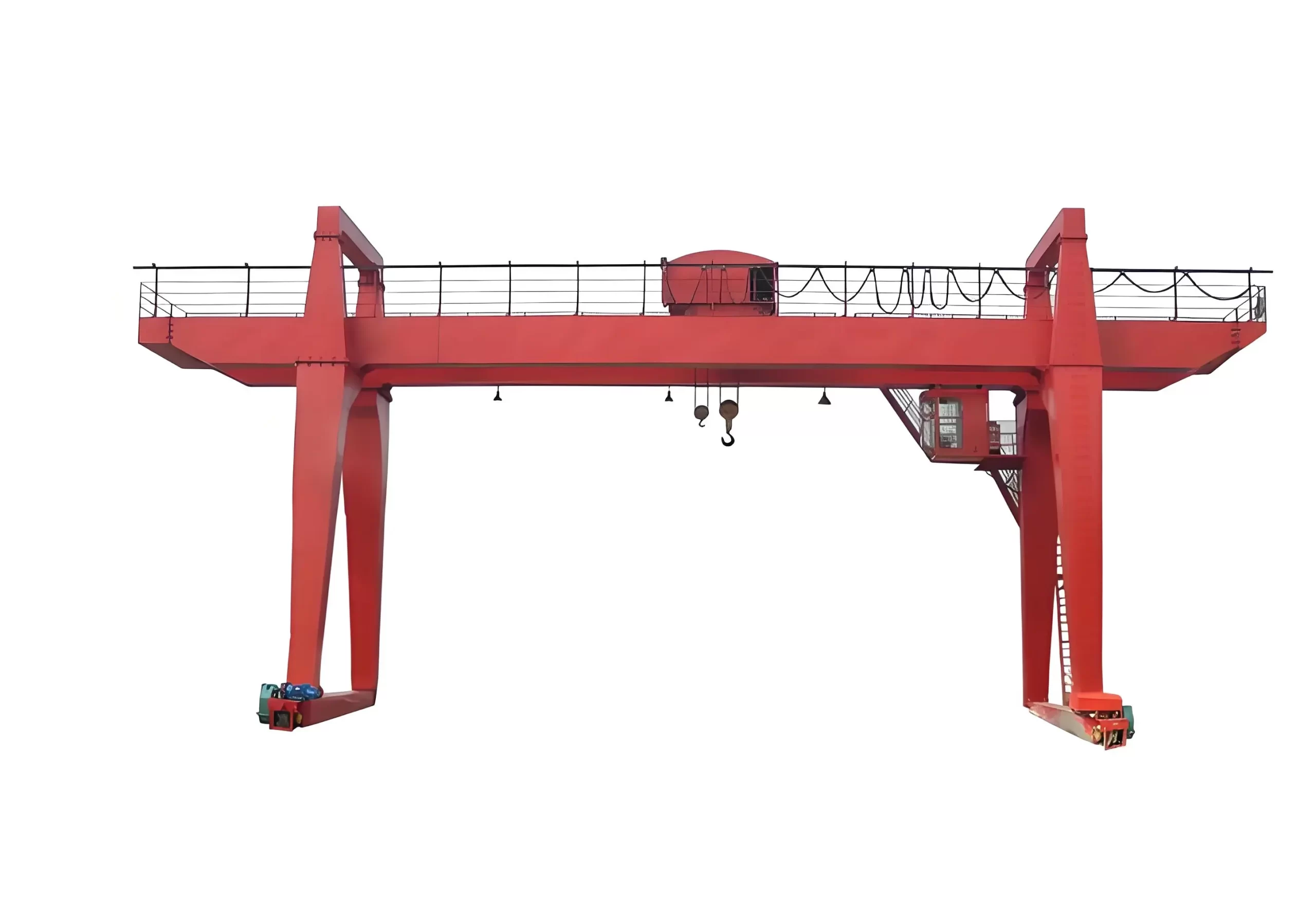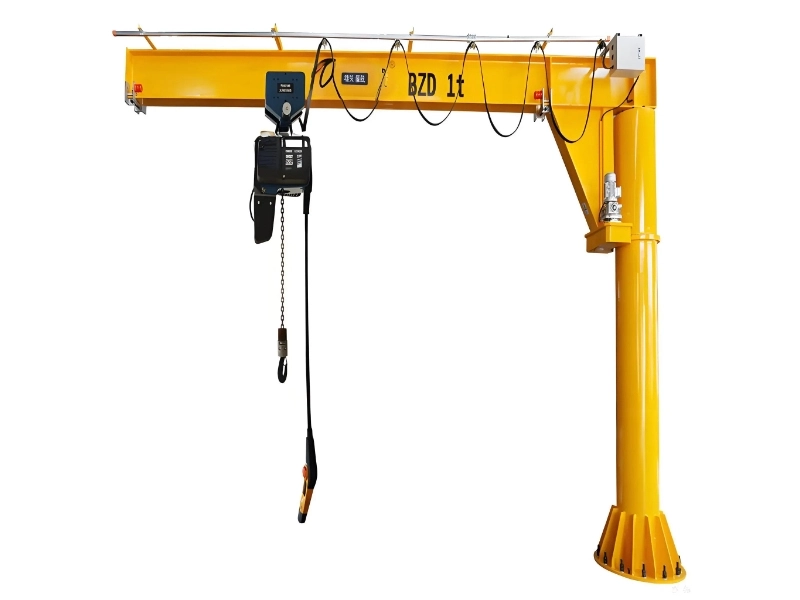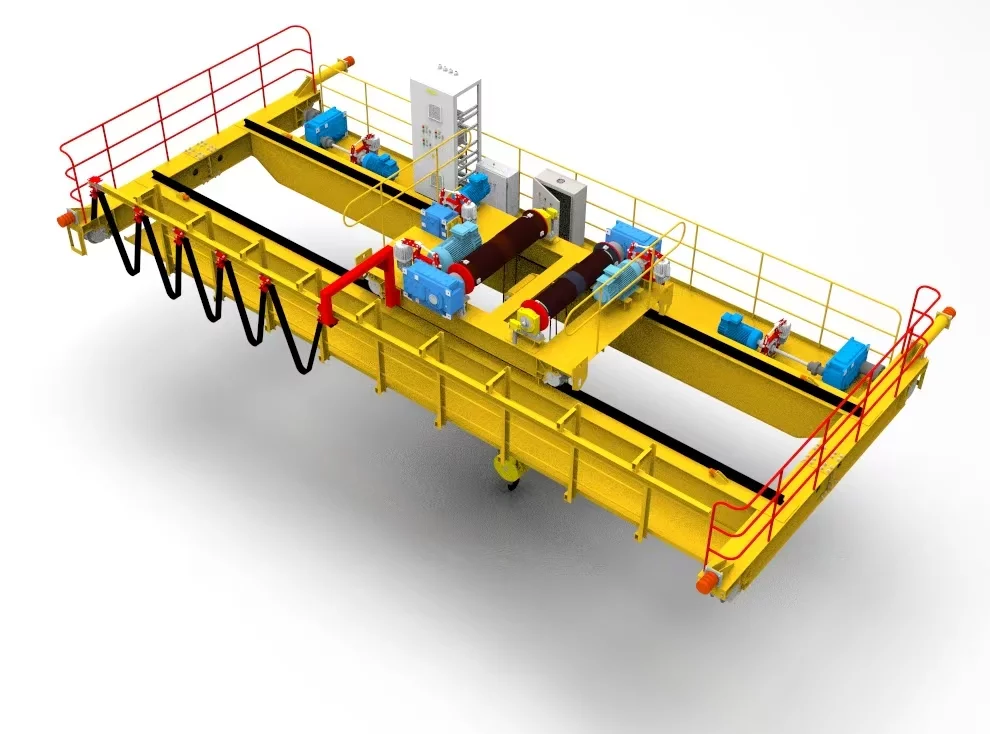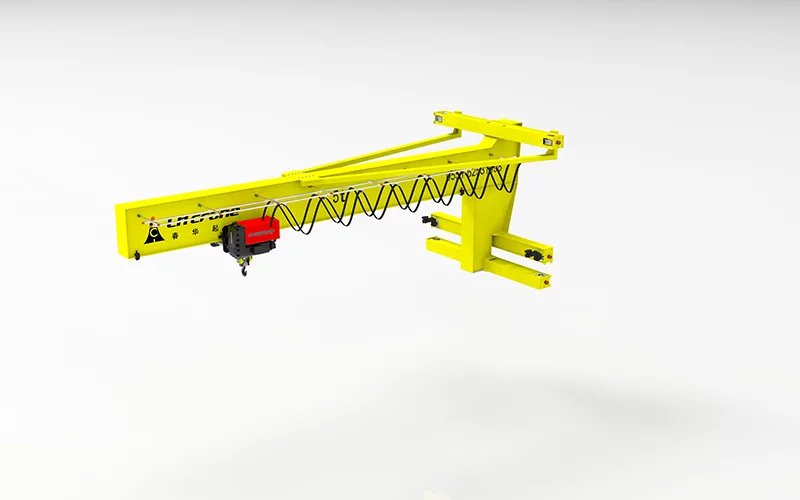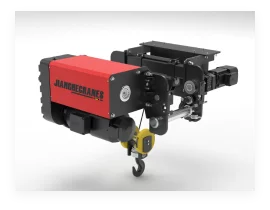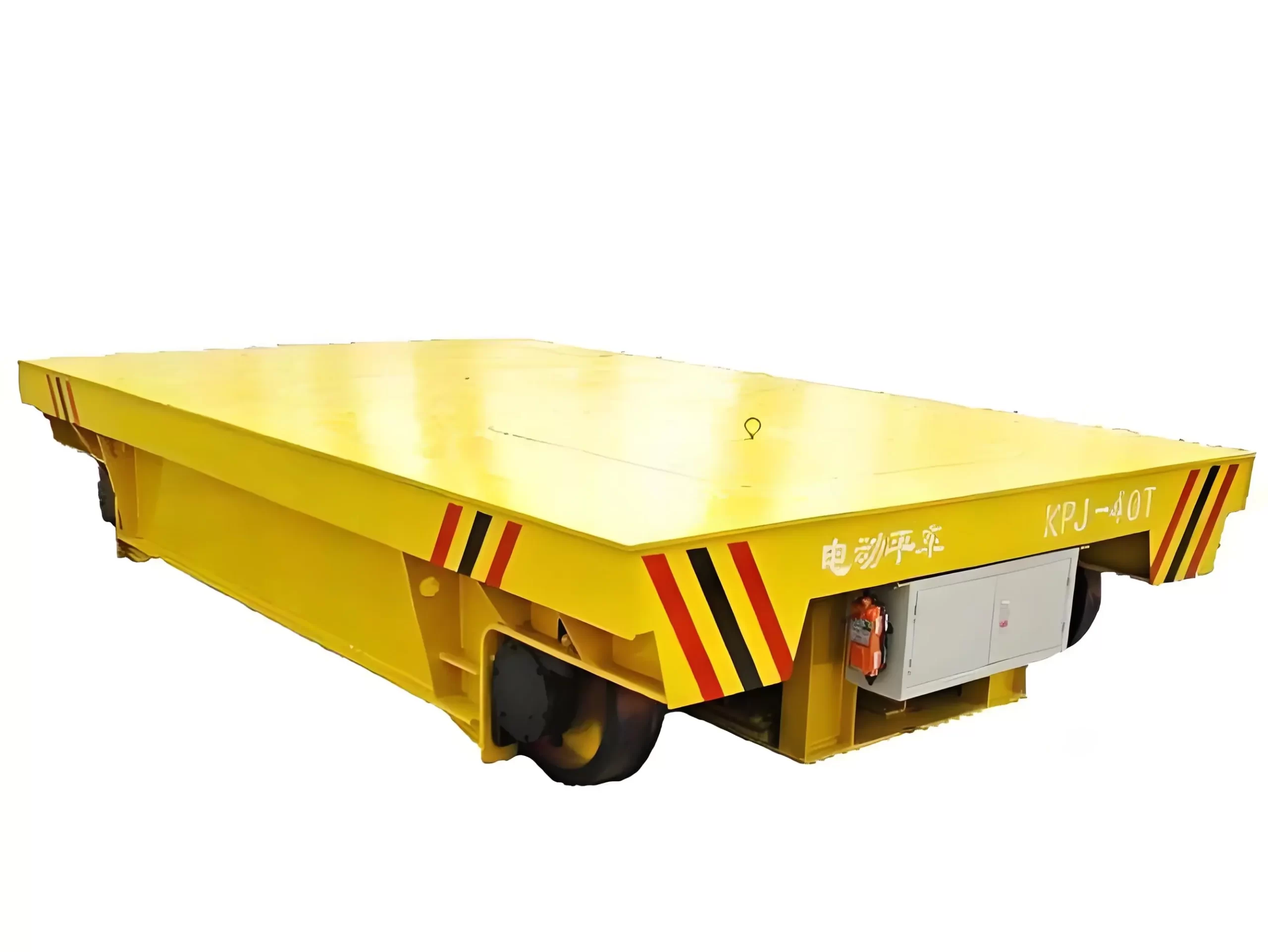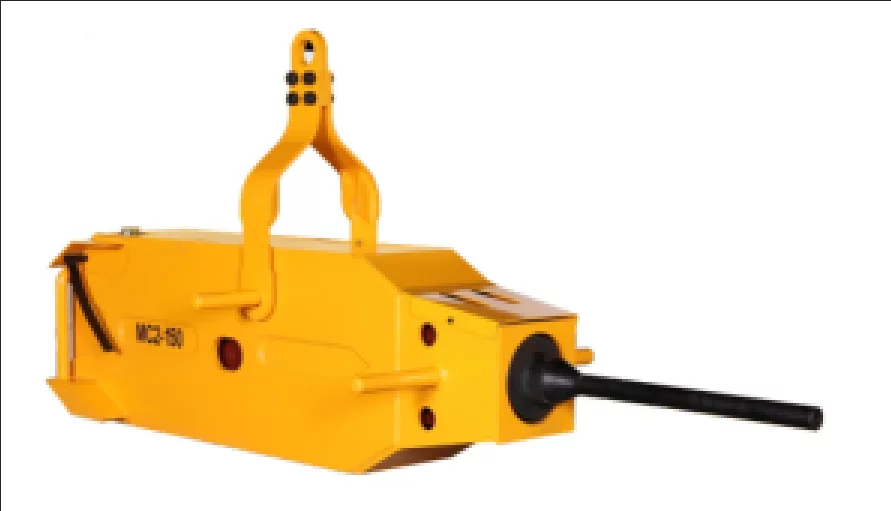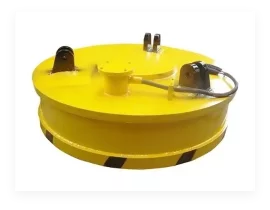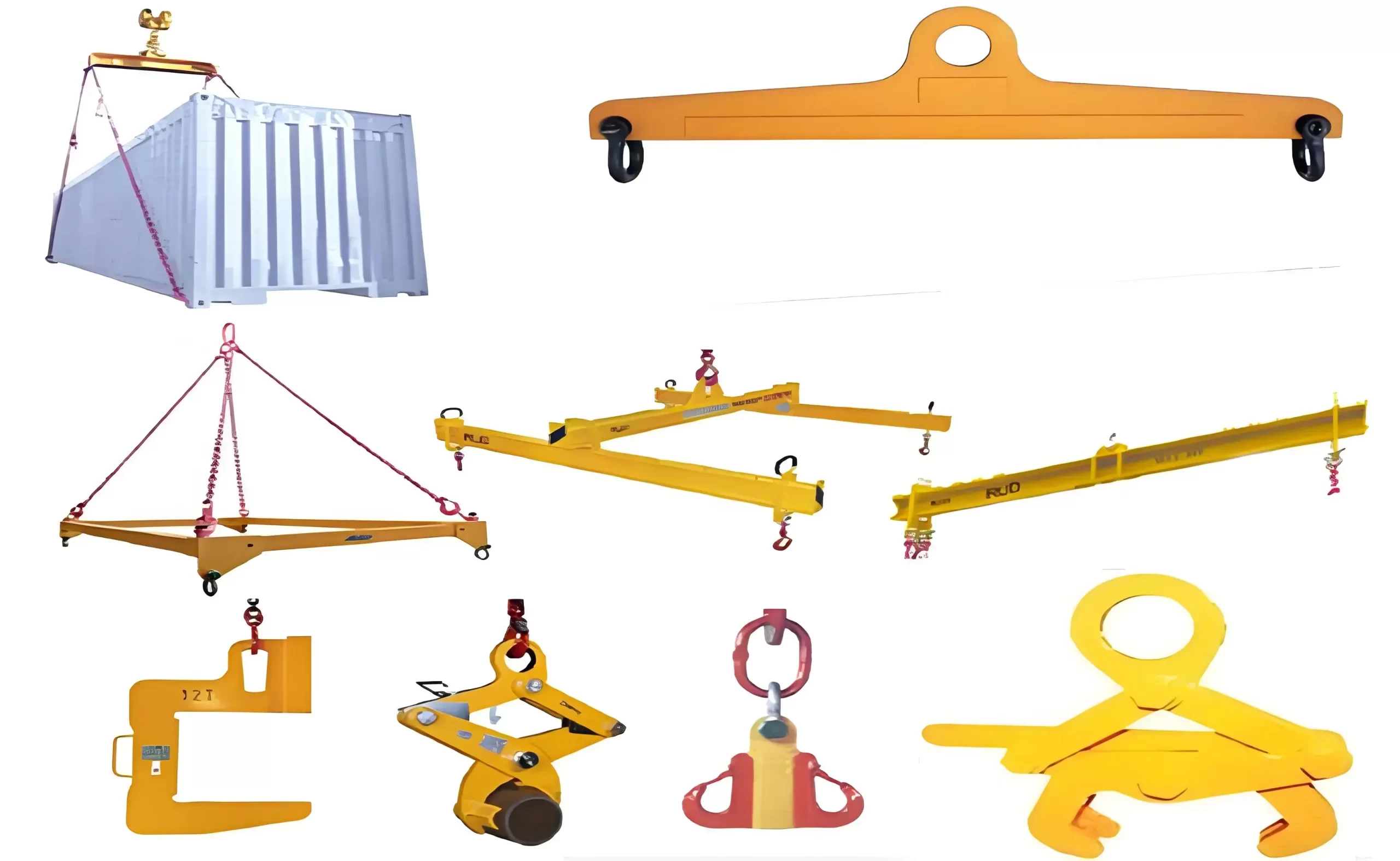Derek platform hidrolik dan derek platform elektrik berbeda secara signifikan dalam prinsip kerja, skenario aplikasi, karakteristik kinerja, pemeliharaan, dan biaya.
Prinsip Kerja
- Derek Platform Hidrolik:
- Prinsip: Menggunakan pompa hidrolik untuk memindahkan oli hidrolik ke silinder hidrolik. Tekanan di dalam silinder menggerakkan piston untuk bergerak, sehingga mengangkat atau menurunkan beban. Sistem hidrolik memungkinkan kontrol atas kecepatan pengangkatan dan kapasitas beban dengan menyesuaikan aliran dan tekanan oli hidrolik.
- Metode kontrol: Biasanya dilengkapi dengan katup kontrol hidrolik yang memungkinkan operator mengendalikan pendakian, penurunan, dan posisi secara tepat.
- Derek Platform Listrik:
- Prinsip: Mengandalkan motor listrik untuk menggerakkan mekanisme pengangkatan (seperti rantai atau drum) guna menaikkan atau menurunkan beban. Derek listrik biasanya menggunakan kombinasi motor listrik dan peredam untuk meningkatkan kapasitas beban dan mengontrol presisi.
- Metode kontrol:Sering dilengkapi dengan sistem kontrol listrik yang mendukung pengoperasian jarak jauh dan otomatisasi untuk kenyamanan dan efisiensi.
Skenario Aplikasi
- Derek Platform Hidrolik:
- Industri: Banyak digunakan di bidang manufaktur, lokasi konstruksi, dan pusat logistik yang memerlukan kontrol presisi terhadap pergerakan beban.
- Penggunaan Umum: Memuat dan membongkar barang berat, pemeliharaan peralatan, dan memindahkan material konstruksi.
- Derek Platform Listrik:
- Industri: Cocok untuk pergudangan, pelabuhan, dan pusat distribusi yang membutuhkan operasi pengangkatan cepat.
- Penggunaan UmumPenanganan barang, bongkar muat di gudang, dan pengangkatan material di jalur produksi.
Karakteristik Kinerja
- Derek Platform Hidrolik:
- Keuntungan:
- Pengangkatan yang halus dan kontrol yang tepat, ideal untuk barang-barang yang sensitif dan bernilai tinggi.
- Kapasitas beban tinggi, cocok untuk objek berat dan sangat berat.
- Kekurangan:
- Peralatan kompleks yang memerlukan pengetahuan khusus untuk pemeliharaan dan perbaikan.
- Kebocoran oli hidrolik dapat menimbulkan risiko lingkungan dan bahaya keselamatan.
- Keuntungan:
- Derek Platform Listrik:
- Keuntungan:
- Pengoperasian yang mudah dengan biaya perawatan yang relatif rendah, cocok untuk sebagian besar aplikasi sehari-hari.
- Kecepatan pengangkatan lebih cepat dan efisiensi lebih tinggi, memenuhi tuntutan operasional yang cepat.
- Kekurangan:
- Umumnya kapasitas beban lebih rendah dibandingkan dengan derek hidrolik, tidak cocok untuk beban yang sangat berat.
- Mungkin terpengaruh pada lingkungan bersuhu tinggi atau lembap.
- Keuntungan:
Biaya dan Pemeliharaan
- Derek Platform Hidrolik:
- Investasi Awal: Lebih tinggi karena kompleksitas sistem.
- Biaya Pemeliharaan: Memerlukan pemeriksaan berkala terhadap kualitas oli dan segel; biaya perawatan bisa lebih tinggi, tetapi umur pakainya umumnya lebih panjang.
- Derek Platform Listrik:
- Investasi Awal: Biasanya lebih rendah, membuatnya cocok untuk usaha kecil dan proyek dengan anggaran terbatas.
- Biaya Pemeliharaan: Perawatannya relatif sederhana dengan tingkat kegagalan yang lebih rendah, sehingga menghasilkan biaya pengoperasian yang keseluruhannya lebih rendah.
Keselamatan dan Dampak Lingkungan
- Derek Platform Hidrolik:
- Keamanan:Biasanya dilengkapi dengan katup pengaman untuk mencegah kelebihan beban dan penurunan yang tidak disengaja.
- Dampak Lingkungan: Kebocoran oli hidrolik dapat menyebabkan polusi; penanganan dan perawatan yang tepat diperlukan.
- Derek Platform Listrik:
- Keamanan: Dilengkapi dengan berbagai mekanisme perlindungan seperti perlindungan kelebihan beban dan panas berlebih.
- Dampak Lingkungan: Lebih ramah lingkungan tanpa masalah kebocoran oli hidrolik, tetapi perhatian diperlukan terhadap dampak lingkungan dari sumber listrik.
Saat memilih antara derek platform hidrolik dan derek platform elektrik, pengguna harus mempertimbangkan kebutuhan aplikasi tertentu, jenis beban, lingkungan kerja, dan anggaran. Derek hidrolik lebih cocok untuk beban tinggi dan persyaratan kontrol yang presisi, sedangkan derek elektrik ideal untuk operasi penanganan yang cepat dan efisien.
| Fitur | Derek Platform Hidrolik | Derek Platform Listrik |
|---|---|---|
| Prinsip Kerja | Menggunakan sistem hidrolik untuk menggerakkan silinder hidrolik untuk mengangkat beban | Menggunakan motor listrik untuk menggerakkan rantai atau tali untuk mengangkat beban |
| Skenario Aplikasi | Manufaktur, lokasi konstruksi, pusat logistik | Pergudangan, pelabuhan, pusat distribusi |
| Penggunaan Umum | Memuat dan membongkar barang berat, pemeliharaan peralatan, penanganan material | Penanganan barang, bongkar muat gudang, pengangkatan jalur produksi |
| Keuntungan | Pengangkatan halus, kontrol presisi, kapasitas beban tinggi | Pengoperasian mudah, biaya perawatan rendah, kecepatan pengangkatan cepat |
| Kekurangan | Peralatan yang kompleks, kesulitan perawatan yang lebih tinggi, risiko kebocoran oli hidrolik | Kapasitas beban yang relatif lebih rendah, mungkin terpengaruh dalam lingkungan yang ekstrim |
| Investasi Awal | Lebih tinggi | Lebih rendah |
| Biaya Pemeliharaan | Relatif tinggi; memerlukan pemeriksaan rutin pada sistem hidrolik | Lebih rendah; perawatannya mudah |
| Keamanan | Dilengkapi dengan katup pengaman untuk mencegah kelebihan beban | Dilengkapi dengan berbagai mekanisme perlindungan; tingkat kegagalan lebih rendah |
| Dampak Lingkungan | Kebocoran oli hidrolik dapat menyebabkan polusi | Tidak ada masalah kebocoran oli hidrolik; perlu mempertimbangkan dampak lingkungan dari sumber listrik |


